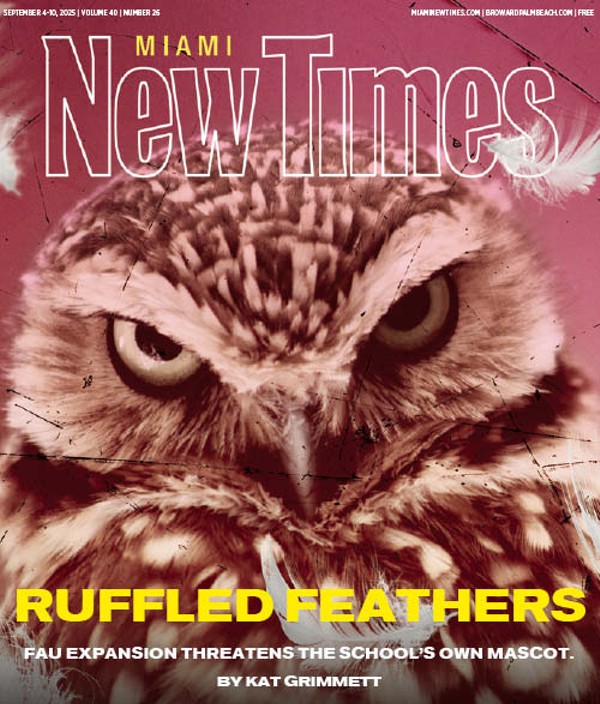So before guitarist Tom Linton and bassist Rick Burch join front man Jim Adkins and drummer Zach Lind to talk about Futures, Jimmy Eat World's fifth album, Lind sits down at a computer in the middle of the studio and plays the new U2 single through powerful speakers. Adkins sinks into a couch and gets a deeply focused look on his face. Lind turns the volume way up. Neither one speaks until the song is finished, and even then, they still seem to be processing it, mulling it over.
Maybe that's because while U2 is a supergroup to the rest of us, it's a peer to Jimmy Eat World, as well as a label mate. And these guys are serious about learning as much as they can from other successful bands. U2's "Vertigo" may have skyrocketed on the Billboard modern rock singles chart, but so has Jimmy Eat World's new single, "Pain," which peaked at the number one slot this fall. Following up a platinum-selling album with a new full-length and a new single has got to be a little daunting, but so far, so good. Really good.
"That's the best reaction we've gotten from a single, ever -- at least initially," says Lind. "öThe Middle' took longer." Back in 2002, that infectiously cheerful single from Jimmy Eat World (originally released as Bleed American before it was renamed after September 11, 2001) took twice as long to break into the top ten, and boosted the band from solid success to real stardom. Another hit followed, "Sweetness," which kept the ball rolling. In all, Jimmy Eat World sold more than 1.3 million copies and fueled the band through two years of steady touring.
"Our schedule became exponentially busier as time went on with the last record," says Adkins. "So when it was getting closer to the time when we needed to be thinking about making a new record, there was no time to be thinking about making a new record."
By the time Jimmy Eat World came back to Arizona after so much time on the road, there were three years' worth of song ideas to be fleshed out. Universal Music Group absorbed the band's record label, DreamWorks, in January 2004, but that apparently didn't become a stumbling block. By February, the guys were ready to start making Futures for Interscope. They began recording in LA, did the bulk of their work in Tucson, and returned to LA to finish the project in June. The result -- immediately audible on the opening title track -- is a bigger, more textured rock sound that retains Jimmy Eat World's irresistible harmonies and favors sophistication over simplicity.
Adkins says the band takes itself more seriously now, and holds itself to much higher standards. Burch pipes up and adds that they don't have to have day jobs now and can focus on music every day. And Lind explains that on Futures, they put more energy into experimenting with new ideas and trying out different ways to make each song the best it could be. "We hit all the dead ends that we could possibly hit with all the songs," he says.
The recording and mixing process offered even more ways to play with the sound. "Like that song on the new album, öDrugs or Me,'" says Lind. "To me, that song didn't even really take life until it was mixed. We had all these elements like recorded strings, but it never really sounded like the song until it was mixed, and that was the final stage of the [recording process], when it actually made sense. That sort of song is a testament to that kind of approach, where you don't totally have to have it figured out."
Adkins elaborates on the making of "Drugs or Me." "It could be this pretty thing, and maybe not a lot of depth to it, but you add in ..." He pauses, pointing across the room to a red Krank amp. "There's the amp," he says, laughing. "It doesn't work anymore because during that song, every knob was as high as it can go, and it was running through echo pedals and stuff. It was the most insane feedback you could get. And to put that on the prettiest song on the album, this quiet one -- little last touches can really drastically help a song's effectiveness, or take it to the wrong place." With Futures, it appears that Jimmy Eat World took its songs to the right place.












